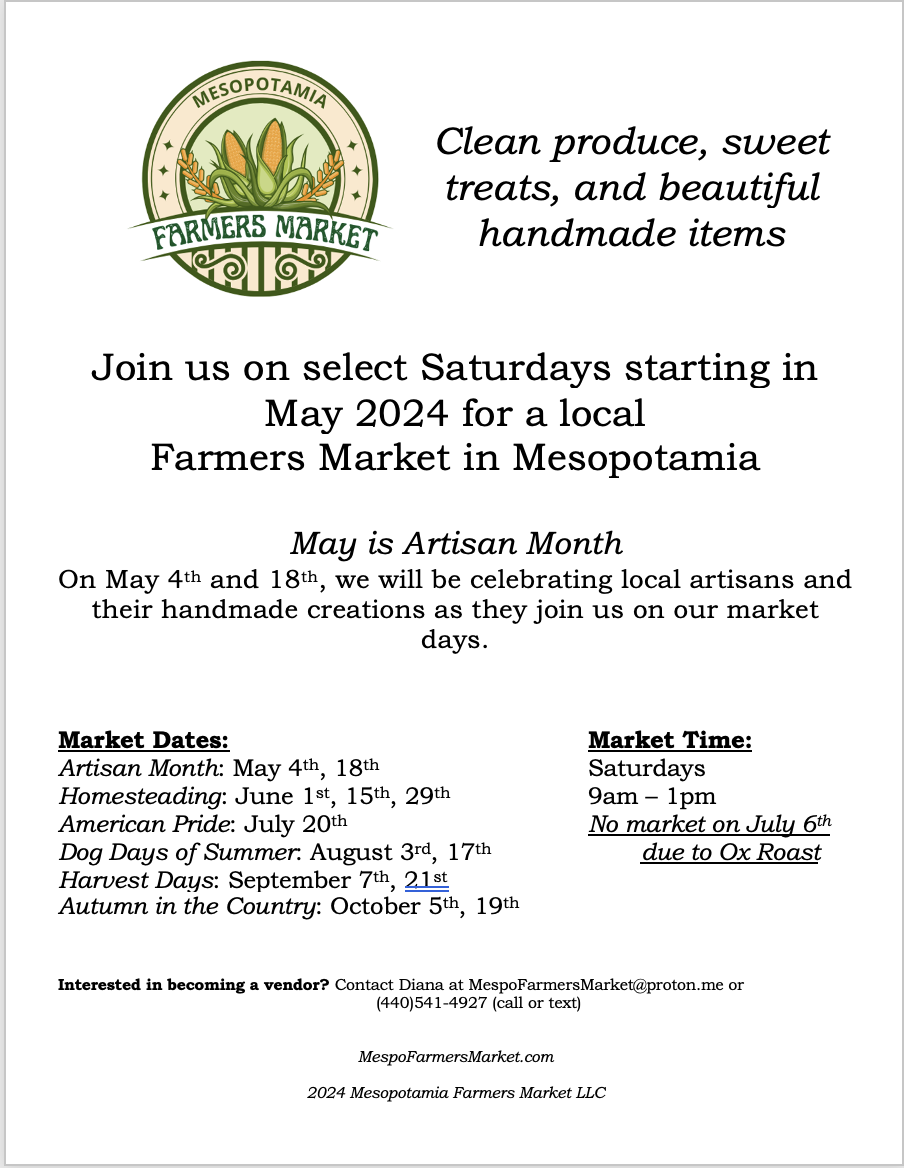It was the summer of 1964, the year that I graduated from Maple Heights high school. I was 17, one of the youngest in my class. So, what had I been doing for that past year and a half to make money to pay for gas, cars and parts and what-nots that a typical teenager would need? Oh, I had been cutting grass in the neighborhood since I was 13. Earlier in the year I had been working selling Christmas trees at Highland Driving Range which, as the spring took hold, progressed to occasional weekends cutting grass and picking up golf balls. There was a tractor driven machine that automatically did that but only the owner’s son, inept Seymore, was allowed to use it. The rest of us who worked there had to pick them up by hand. The owner was not a pleasant man to work for. He would issue nonsensical, condescending orders on a daily basis. One day I laughed at one of these. I got fired.
Girls…… had just entered the picture. Yes, I went to the prom, but with a neighbor girl I hardly knew. It was just somebody to go with. I wasn’t into the movie culture at all! Yes, you went to the drive in to see them but you rarely watched the movie now did you! I had cars since before I was old enough to legally drive them, because I could fix them. My mother, with whom I had a looooong ongoing lukewarm/to worse relationship made me sell my cars as soon as I fixed them up. “You have to save money for college”, she said. “Get another car to work on, fix up and sell. Actually, I needed to make more money to go over to my friend Don’s house (a friendlier place to be than home), and oh, did I mention that there was a girl named Sandy living next door to him?” Enter girls from that point on in my life which accelerated the rapidly increasing distance between my mother and me. Sandy was the light of my life for the next year.
Down the road I went toward Aurora in search of a steady job. There were golf courses out that way; maybe I could get a job caddying or cutting grass or who knows what. I was familiar with golfing and courses by this time, having caddied for my father for the past many years if you want to call dragging the golf bag around, perusing the water holes and roughs for golf balls, all for the pay of a milk shake and a Mars candy bar. Caddying, I was with him and away from her. A Titleist or Maxfly was always a great find but the vast majority were cheap no-names that you used around water holes. No need to shoot a good $3 Titleist into the water or mud.
My first stop was Hawthorne Valley in Solon, a ritzy golf club by 1964 standards. They only wanted caddies and you had to have a reputation locally to get picked by the well-heeled golfers. Waste of time! The next place down the line was Grantwood at the Solon-Aurora line. This is where I caddied for my Dad, so I knew the course well. Alas, the greens keepers and grounds men were all long-time older employees. Not much chance there either! Next up across from Grantwood was Willow Grove, or as the guys in my Dad’s league called it, Hackers Grove. When you’re desperate, you do things you might not usually consider doing. I went up to the Hackers Grove barn/clubhouse. There I met Elmer Dingeldey, a tall, thin, pleasant older gentleman sitting behind a makeshift counter. In my minds-eye I seem to remember it as hay bales with some boards laid across it, but I suspect that is a figment of my imagination. It was probably an old display case or restaurant counter in the corner. There were, however, hay bales in another corner.
“Sir, I’ve worked at driving ranges, caddied at Grantwood, and have been cutting grass all my life. I can take apart cars and put them back together and get them running. Do you need a good worker here?” Well, either that dazzled him, or more likely he was hard up and desperate for workers, so he hired me. He also said that if I had any other friends, please bring them along. Next day I brought my friend Rich with me and Elmer hired him too. The daily schedule was to meet him at his house down from the barn at 8 AM and get the chores of the day-what needed to be done. We then went to the lower level of the barn and got out the implements—the motor pool if you will which included old push mowers, reel mowers, and other motorized odd contraptions related to golf courses. The vehicles consisted of a non-running, cut down Model “A”, a non-running non-descript tractor of some make I had never heard of, a roached out 1946 Army Jeep that did run but had no windshield, one seat, one functional rear spring on the left side and a 2×4 wedged in between the axle and rear frame on the right, the rear shackle and part of that spring having long ago parted ways with the Jeep. “Tune up the Jeep, that’s what we pull the gang mowers with and how we get the greens mowers to the greens,” said Elmer! Right, is this really the way we won the war?? Up to that point in my father’s world everything had to be done right, fixed perfectly, everything so-so, not like this! I put new points and a condenser in the Jeep and cleaned the plugs. It purred.
There was also a Massy Ferguson tractor in reasonably good condition with a brush hog on the back and was used mostly to keep the roughs under control. Obviously it hadn’t been getting much use of late since the roughs could better be described as jungles or aspiring forests, and the fairways were getting narrower and narrower perhaps soon to be better described as bowling alleys. “Widen out those fairways with the Ferguson and then go over them with gang mowers. And move the holes on number three and five.” What the hell did that mean? I soon found out. After cutting the grass on the green with a fancy reel mower, a special hole digger machine carefully and cleanly placed the new hole on another part of the green less traveled. The corresponding plug was placed in the old hole. Apparently you had to do this regularly to keep the creeping bent on the greens in reasonable shape.
On a typical day my orders were something like; “cut the fairways on number one and two with the Jeep. That’ll take you a while. Rich, take the Ferguson and start mowing the roughs on number 5. That is a real mess. And start the pumps up by the pond and water the greens around it.” Rich was not great with the tractor and not mechanically inclined either. Frequently he got it hung up with a tree between the front and rear wheels. I had to work it back and forth slowly until I could get it free of the tree. Rich also got logs and large limbs stuck in the brush hog which took a bit of ingenuity to extricate. We usually did that at the back end of the course so no one would notice. The back end of the course bordered Reminderville and there were more than occasional complaints about the Reminderville kids stealing the golf balls.
My most memorable experience while at Willow Grove? I guess that is where and when I got my first Model “A”. No, not the non-running cut down “A” in the bottom of the barn. This one was in a field. In the remains of what was once a driving range on the east side of the property up near the highway was the skeleton of an automobile forlornly sitting there.
There it was, the future car of my dreams sitting in Elmer Dingledey’s field. Well, toward the end of the summer I decided that I had to have it and Elmer said, “Good riddance, take it!” I got it home, disassembled it and stuffed it in the corner of the garage. It took my mother a while to notice it, but finally came the inevitable, “what in the hell did you bring that piece of junk home for?” “I’ll put it under the porch. Someday I’m going to build it into a hot rod”, I said. My father was somewhat amused. All he said was, “Yep, that’s a real Model “A” chassis.” It stayed under the porch for another couple years until I went into the Navy. Then it disappeared. It was the first of my many later Model “A”s.

















